Better function with rotational plastic
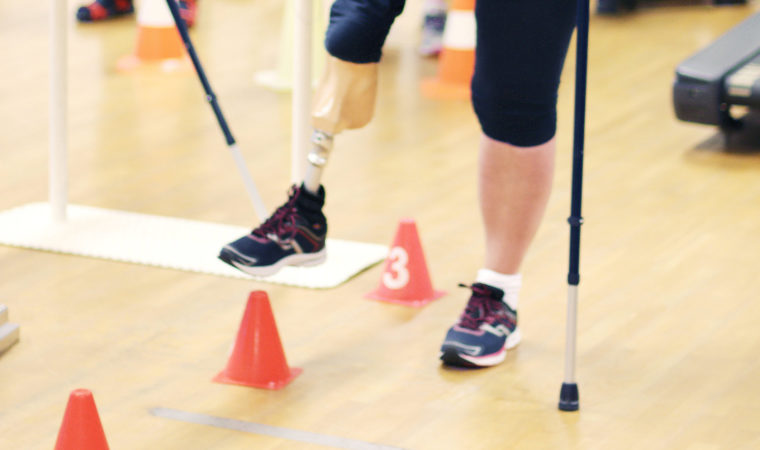
Better function with rotational plastic The training at the hospital and at the rehabilitation center is both demanding and important. With rotational plastic, it requires extra strength, especially in the ankle joint and in the surrounding muscles. Text and photo: Marte Nordahl – That each cancer patient is unique and with a different starting point […]
Better function with rotational plastic
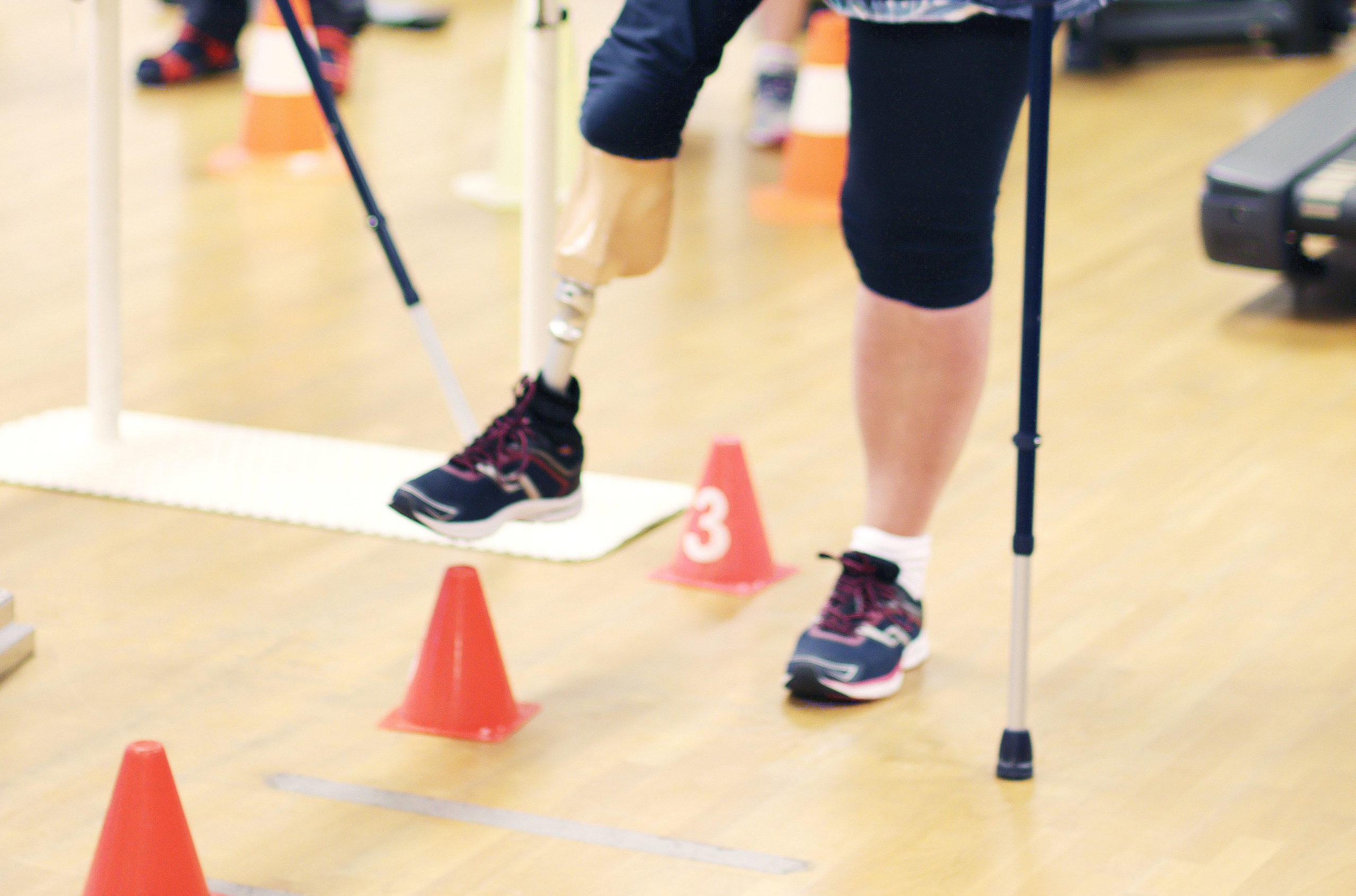
The training at the hospital and at the rehabilitation center is both demanding and important. With rotational plastic, it requires extra strength, especially in the ankle joint and in the surrounding muscles.
Text and photo: Marte Nordahl
– That each cancer patient is unique and with a different starting point for treatment, makes our job both exciting and challenging.
Signe Ludvigsen, specialist physiotherapist from Bodø, and specialist in oncological physiotherapy, Merethe Lia Johansen from Telemark, both work as physiotherapists with cancer patients at Radiumhospitalet.
– Merethe and I work a lot with orthopedic patients with sarcoma, bone and soft tissue cancer. We have a fairly varied everyday life and work a lot with the training of cancer patients. Most patients operated on with rotational plastic surgery are children and young people, but we also have some adults, she informs.
All are top athletes – The patients who are operated on with rotational plastic surgery are all top athletes in their own way, considering the long course of treatment they go through, says Lia Johansen, who has a background in top sports.
She finds it exciting with all the orthopedic patients in the ward. As the cancer rarely sits in the exact same place from patient to patient, no two operations are exactly alike and the operation must be carefully adapted to the individual.
– Each of our patients is unique and we must therefore adapt our treatment so that we find the best training for the individual. The only similarity with each individual rotation plastic is that you have turned the foot 180 degrees so that the ankle joint thus becomes the new knee joint, informs Lia Johansen.
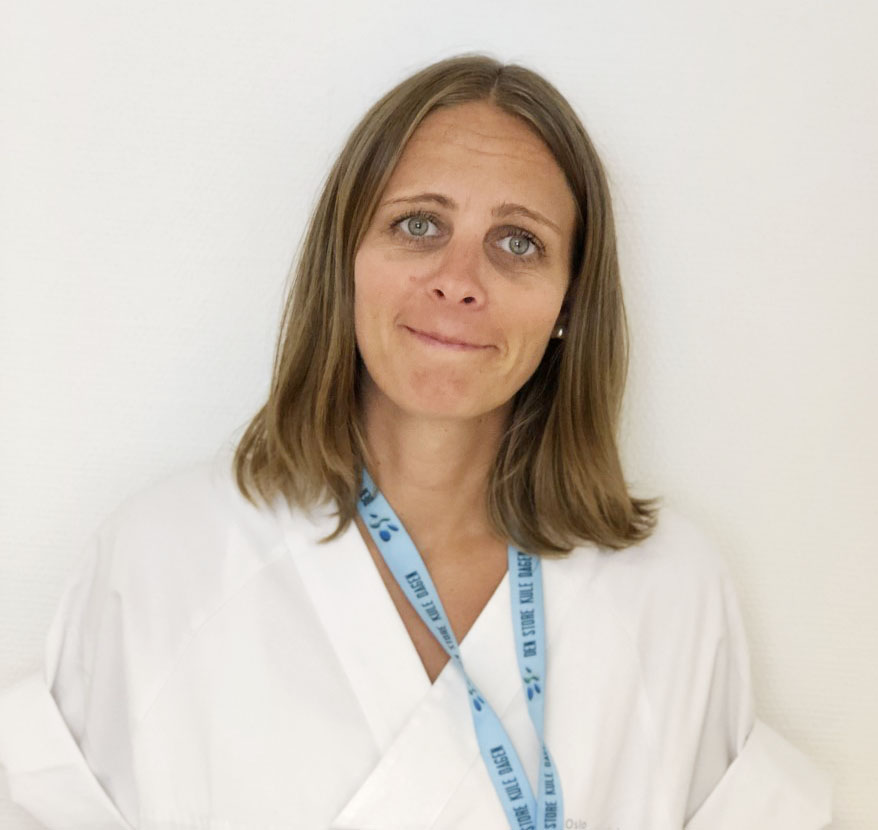
Photo: Private
Merethe Lia Johansen, specialist in oncological physiotherapy from Telemark works as a physiotherapist at Radiumhospitalet. She often works with cancer patients, with the goal of finding opportunities and solutions for activities they want to do.
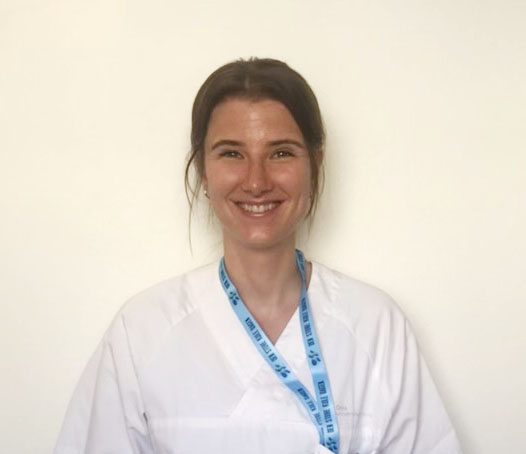
Photo: Private
Signe Ludvigsen, specialist physiotherapist from Bodø who works as a physiotherapist at Radiumhospitalet. She works a lot with orthopedic patients with sarcoma, bone and soft tissue cancer.
Creative and innovative
In order for the function to be the best possible for the individual patient, she emphasizes that creativity and innovation, as well as a close and intimate collaboration with the patient, are important.
– In the period immediately after the operation, much of the physiotherapy is about helping the patient to get to know the new leg. The movement pattern is new, and the same applies to the sensory experiences from the ankle and foot. What used to be the outside of the ankle has now become the inside of the new knee joint. This takes time to get used to. We often clarify with the patient what they want us to call the new joint. Some prefer that we refer to the ankle, some to the knee, and others have merged the two joints and now call the new joint «knankel», Ludvigsen states.
– Most people who have surgery with rotational plastic surgery are children and young people. From a cosmetic point of view, rotational plastic looks very unfamiliar to many. Especially in adolescence, you do not want to be different. In rehabilitation, we therefore work towards the patient through mastery and movement can get used to the foot looking a little different, and become fond of the leg as it is now. Being comfortable with your new foot is also important for well-being, she says.
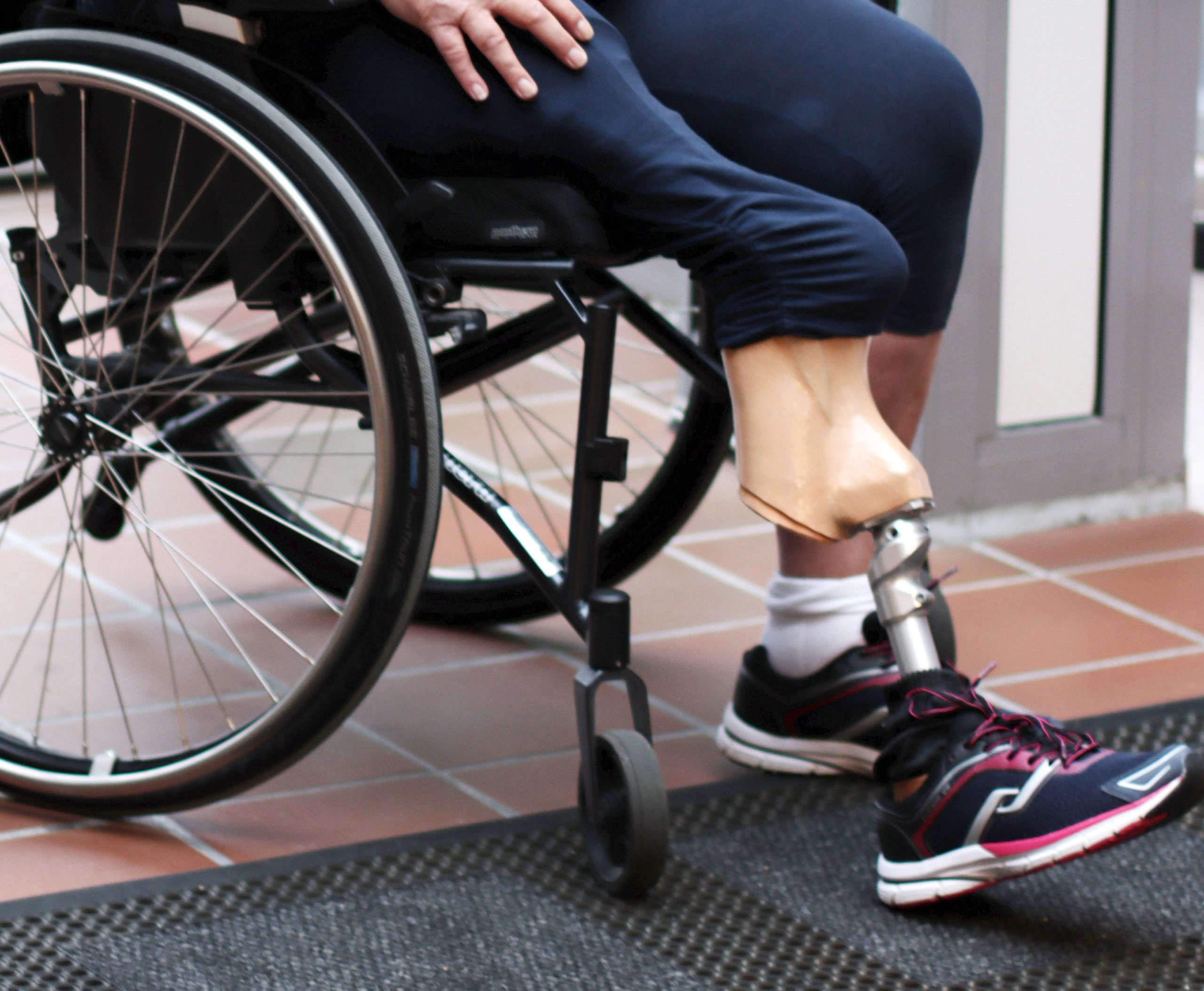
Best possible function
Lia Johansen elaborates that the very goal of rotational plastic surgery is to give the user as good a function as possible, as the alternative will often be a high thigh amputation. The user gets the ankle as a new knee joint, which in turn means that the patient needs a shorter prosthesis than with a high femur amputation. The user will also be able to control two joints in the amputated leg with their own muscle power (the hip joint and the ankle that make up the new knee joint), compared to a thigh amputee, where the knee joint is mechanical.
– How much bone and which muscles can be preserved, as well as where they are connected, can be decisive for the function after rotational plastic surgery. This is determined by where the cancer is located and what must be removed from the bones and muscles to get the cancerous tumor out. The muscles are the engine that creates movement, which provides opportunities for a number of activities such as skiing, snowboarding, rollerblading, swimming and running, says Lia Johansen.
Custom prosthesis
– For the best possible result, it is important that the prosthesis is set correctly, and that the ankle can withstand the load of the user’s body weight. It is also important to strive for good mobility in the ankle joint, so that the patient has full stretch and full bend, Lia Johansen explains.
– Training the ankle joint and muscles to withstand the new movement pattern and load can be both challenging and time consuming, she adds.
Everyday activities and strength
Signe and Merethe follow the patients throughout their stay at Radiumhospitalet, both before and after the operation. Then it is useful for many to be able to continue on rehabilitation stays after finishing cancer treatment.
– The training, both at the hospital and at the rehabilitation center, includes muscular endurance training, strength training, coordination and balance training. Furthermore, the physiotherapists work with instructing the patients in everyday activities, such as getting dressed and undressed, putting on the prosthesis and walking up stairs. It is also important to learn the best possible walking pattern, to prevent stress-related ailments, they say.
– In the long term, it is important with general training, especially the abdomen and back, as these can be exposed to stress-related injuries due to changed movement patterns after the operation, Lia Johansen emphasizes.
Different motivation and life phases Ludvigsen clarifies that the training is experienced differently for the individual. Some take the training very lightly and for others require more time.
– My mantra is that nothing is impossible until you have tried. Life will not be quite as before, but it can still be very good. At the same time, it is important to keep in mind that training is required, says Lia Johansen.
She points out that the age at which you operate on plastic surgery has a lot to say about what motivates you to engage in activities. Each person is in different phases of life that will change along the way.
– Not least, each user has different motivation and interest in what activities they want to do. Therefore, it is important to set individual goals with the training. For some it can be very important to put on their skis when the snow comes, while others want to walk nicely up stairs and to the convenience store. The inner drive, the motivation and desire for the patient, is perhaps the most important thing to be able to say what they achieve. It requires a lot of training to be able to achieve the best possible result, she says.
Local physiotherapist
When the patients are discharged from the hospital, the physiotherapists at Radiumhospitalet follow up with information transfer to the rehabilitation site and local physiotherapists. The patient will, to varying degrees, need maintenance follow-up by a physiotherapist for life.
– It is also important that they have a safe and good orthopedic engineer with whom you have a close dialogue, says Lia Johansen.
Back to training – Many of the patients have often been part of a sports environment, and have practiced dance, gymnastics or other sports. We try to get their young and active patients back to the sports environment again, she continues.
– In order for them to experience mastery and joy, as well as get to do leisure activities and be part of the environment again, we must think new and different. As well as working with facilitation. We spend a lot of time so that they can continue to live their lives in the best possible way, and be part of a community, says Lia Johansen.
Nothing is impossible – It is incredibly motivating to be a physiotherapist. We feel extremely privileged to be allowed to be on the road to these patients, and to see the opportunities that arise. Our job is to find solutions and opportunities so that they can be allowed to do the things they want to do, says Lia Johansen and Ludvigsen.
– We have to try everything. Nothing is impossible until we have tried, says Ludvigsen.